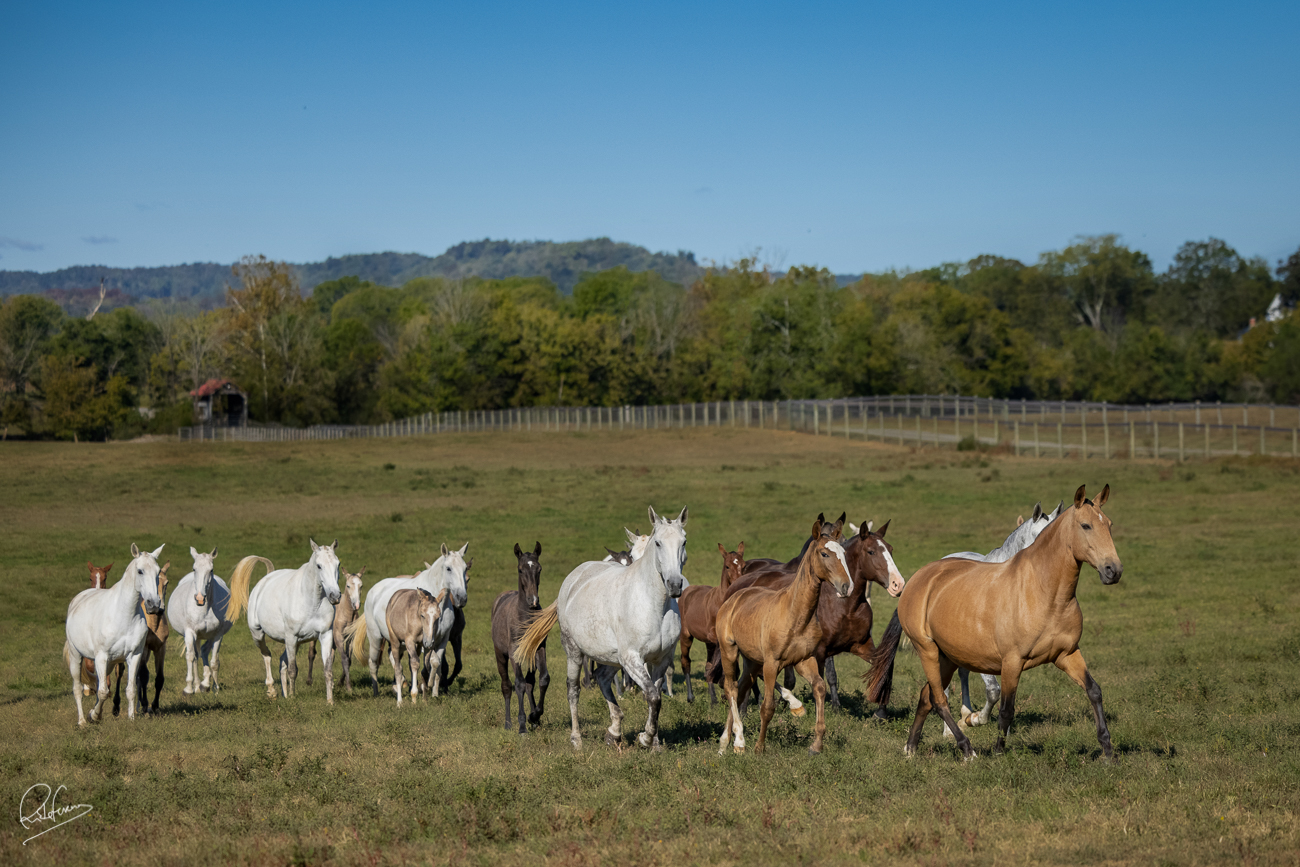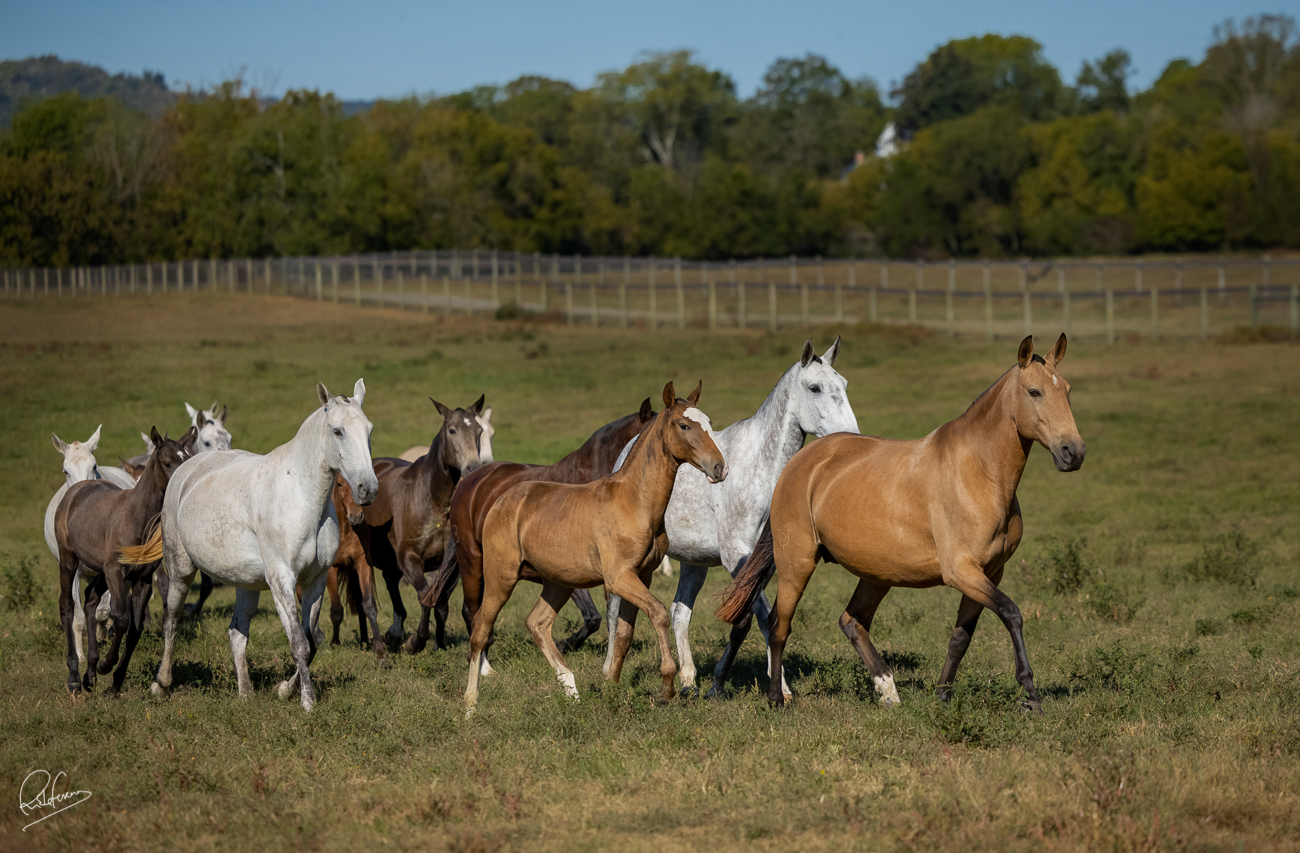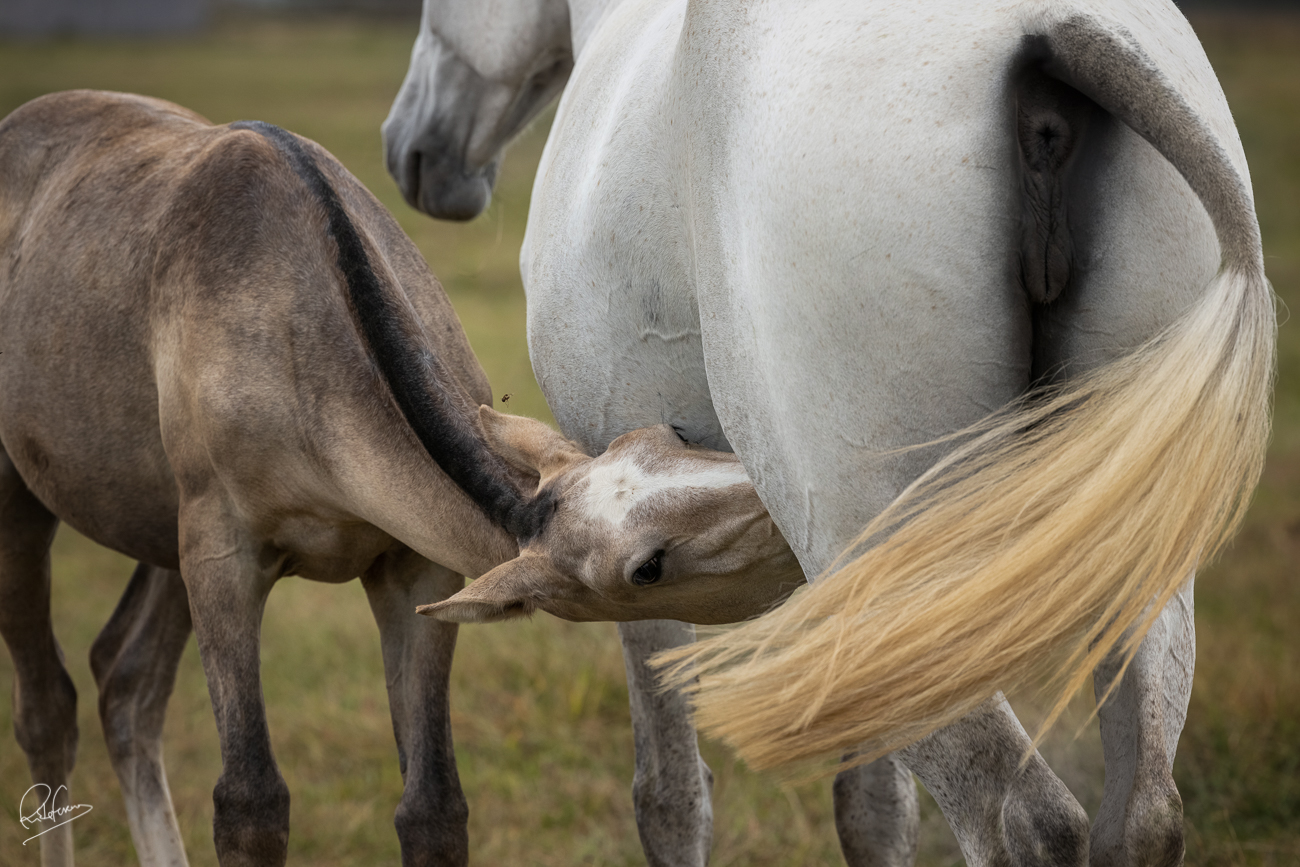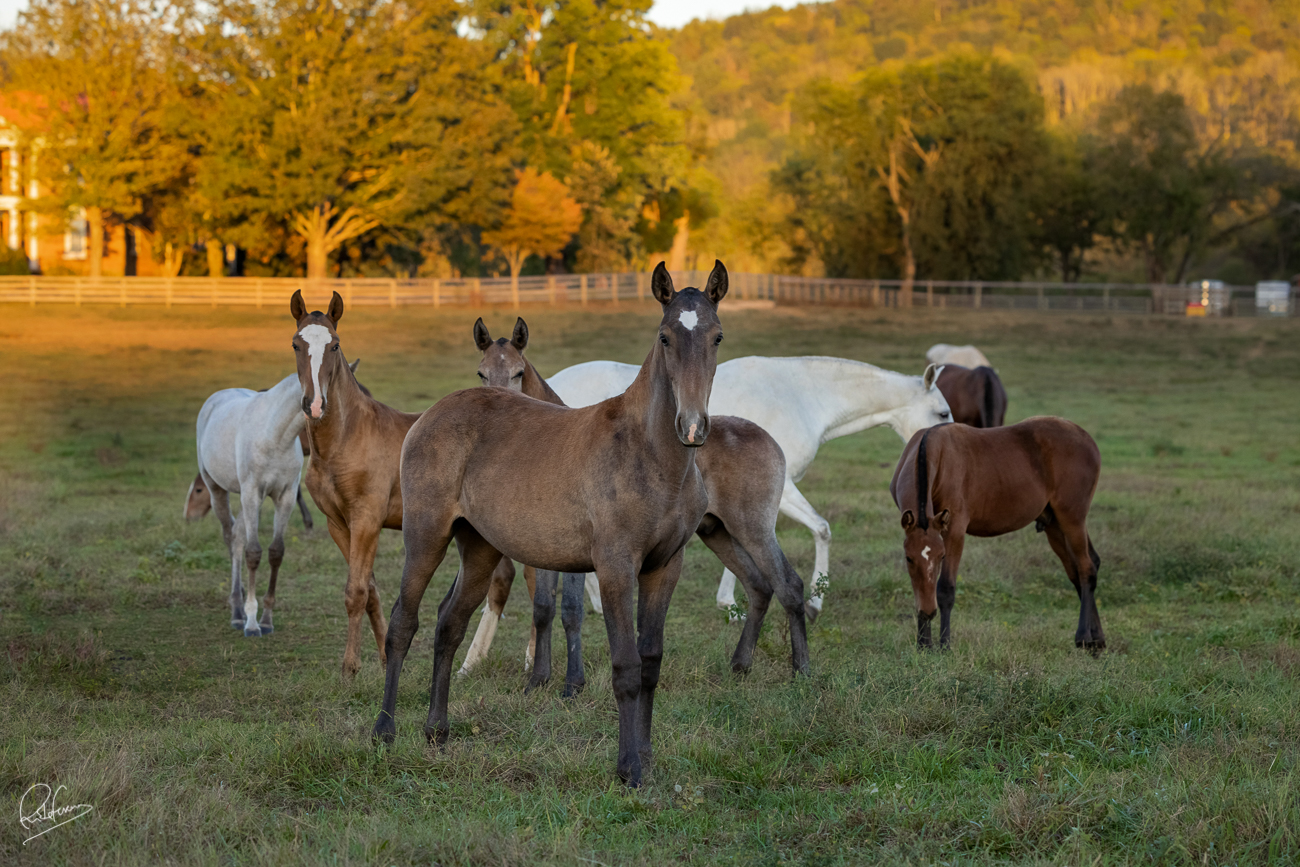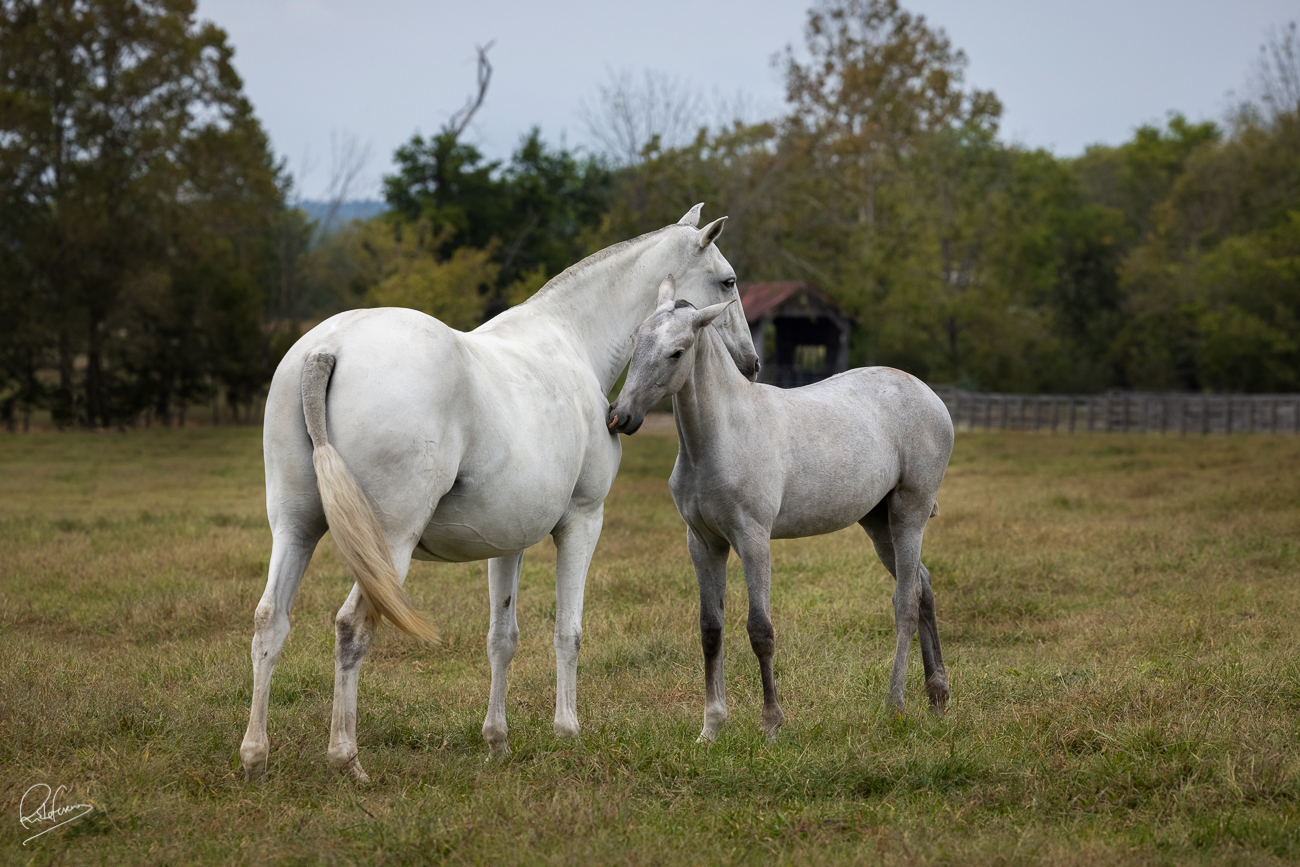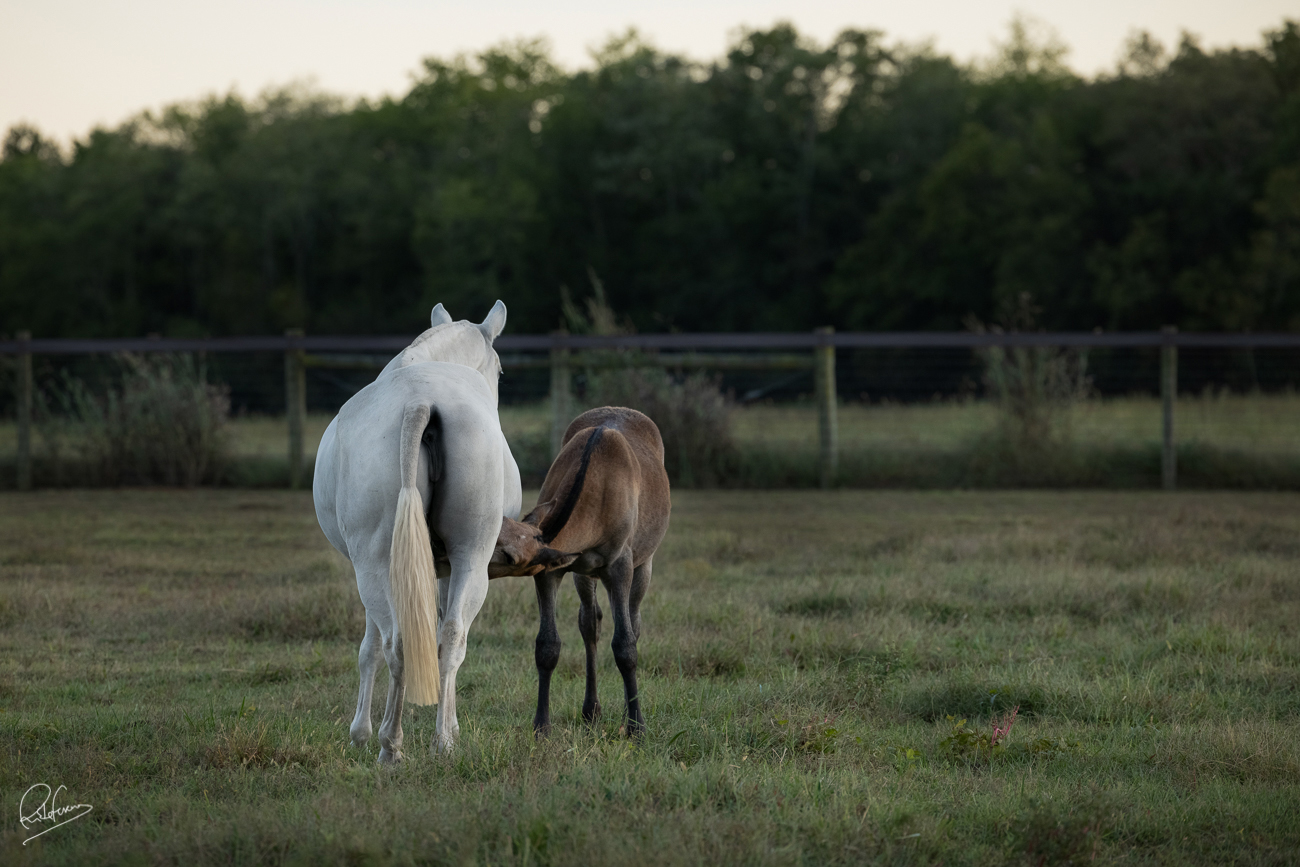What are some important things to be considered with equine reproduction?
One of the things you need to consider with equine reproduction and why we do some of the advanced reproduction techniques is that it expands who you can breed to. You can breed locally to a stallion live cover, or you can have semen shipped in from all over the country and pick a stallion that's not in the area. You get a wider range of genetics and opportunity when you start advancing the techniques you're using for reproduction, so it gives you more options.
Dr. Matthew DeLisle
Tennessee Equine Hospital
Can our horses receive breeding screening, and do they get that from their vet? And what does that entail?
We do a breeding exam or a pre-breeding exam, and what that entails is an ultrasound of the uterus and the ovaries and an examination of the confirmation of the mare. And what we're looking for is to make sure there are no abnormalities in the uterus that would inhibit the mare from getting pregnant. And we look at her ovaries and make sure she's cycling properly. We make sure there are not any ovarian abnormalities.
When it comes to stallions and collecting our stallions, what all is involved in that stallion collection?
It depends on the age of the stallion. We have stallions come in that have never been collected before, so that involves training them to the dummy. And it's very similar to training a riding horse. We get them comfortable with the environment, comfortable with the area, and slowly teach them what we expect of them. And we want to keep them safe and everybody else safe. We get them trained to the dummy. And the ultimate goal is to get a very good semen collection. And that way, we can freeze it if we want to; we can breed a mare here at our facility or ship it. We can put it in a box and ship it across the country to a different mare. We want everybody to be safe, and we want to have the best possible semen sample that we can get.
When it comes to breeding the mares and evaluating pregnancy, how do we do that? How do we evaluate pregnancy in our mares?
Once we breed the mare and everything goes well, we check them in 15, 16, or 17 days post-breeding. A lot of it depends on if they have double ovulated, and we're looking for twins or not. But really, the time to ultrasound for pregnancy is 14, 15, 16 days post-breeding—one of these days. Not every day, but just one time.
What risks might be associated with us in the breeding process?
The breeding process is low risk, high reward. If you get a pregnancy, it's always very emotional. But most of the risk happens when you do the delivery when you're foaling or after the baby's born. Nothing good comes super easy, so there's always a little bit of work, and there is little risk associated with it. But as far as the details and the risk, it’s very minimal.
Can you tell us a little bit about embryo transfer, if it's safe for our mares, and why we would elect to potentially do an embryo transfer?
The embryo transfer is a good option for mares that you don't want to have them go through the whole pregnancy process. You want to keep showing them or competing them. The way the embryo transfer works is we breed the mare, and then seven days later, we do a uterine lavage and harvest that embryo, and we put it in a recipient embryo. That way, the mare that you're breeding, which we call the donor mare, is only down for two to three weeks. And when I say down, that refers to the breeding process and the flushing process. Two to three weeks after that, they're back to work. And you can do it again. So you can get multiple pregnancies in one year, and you can continue to work your mare and compete your mare after the process.
If you still have other questions and you'd like to reach out to us, you can call us directly at (615) 591-1232, you can email us, or you can reach out on Facebook. But please do reach out, and we'll get back to you as soon as we can.
Photos by Rita Fernandes.
